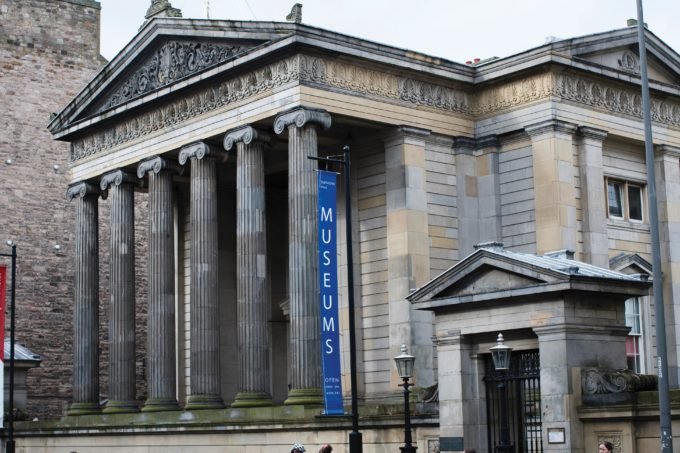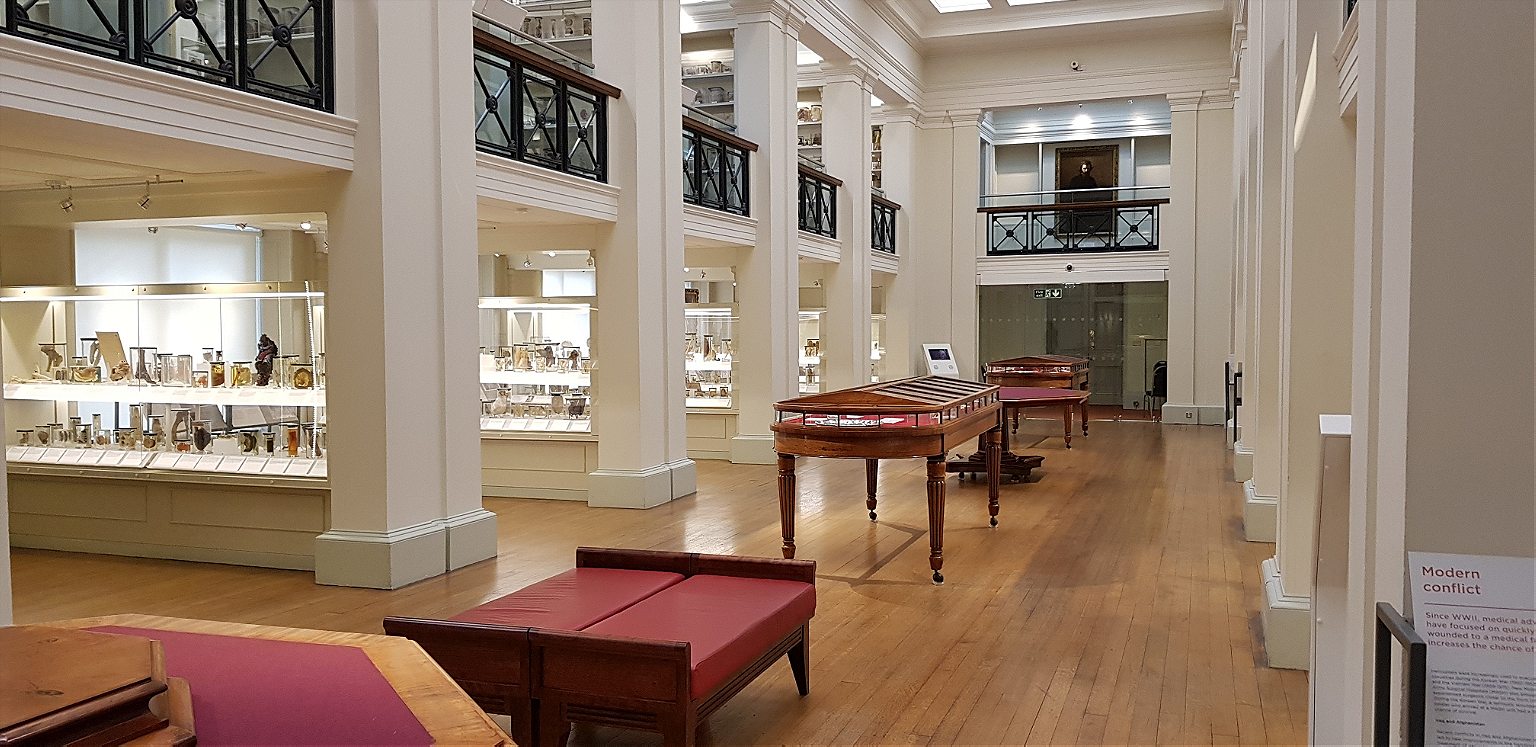
Charmingly macabre, the Surgeon’s Hall Museums are five centuries of medical advances and mishaps—and the anatomical flotsam and jetsam accumulated along the way. There are ostensibly three museums: the Wohl Pathology Museum, the History of Surgery Museum, and the Dental Collection, but they’re essentially three collections of the same museum. The museum dates back three centuries to 1699, but the Royal College of Surgeons of Edinburgh was founded in 1505, making it one of the oldest surgical organizations in the world.
The spacious white rooms of the museum are clinical yet cheery, and the exhibits inside take unusual delight in exploring all of the most esoteric (and important) nooks and crannies of medical history. The collections include cross sections from diseased organs, several skull collections, and medical instruments from Hitler’s yacht. If you like dead things in jars, well, there’s a hall lined floor-to-ceiling with them. Also notable are the morbid paintings interspersed throughout the galleries, which depict people in various medical states of distress, such as an epileptic fit or lugging around a massive tumor.
There is a popular exhibit that breaks down the forensics of murders by historical serial killers William Burke and William Hare, who sold the bodies of their victims to the medical school run by this very institution. After Burke was hanged, his body was dissected and his skin was turned into the leather binding for a pocketbook, which you can also see at the museum. If you’re feeling inspired, the museum also offers hands-on courses which range from journal-making events to lung dissection workshops for children. Choose your own adventure.

